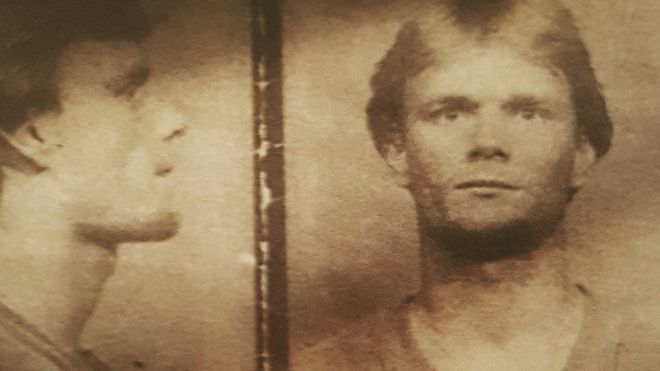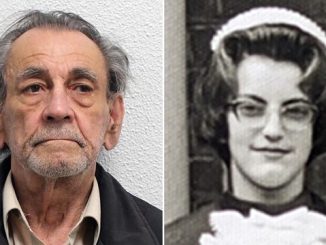
Nick Yarris spent more than two decades on death row in the US after he was wrongly convicted of rape and murder, before a DNA test eventually freed him. Nick Yarris has never had an apology for being imprisoned for crimes he did not commit. He spent almost all that time in solitary confinement, sometimes being beaten so badly by prison guards that, on one occasion, his retina detached.
Yarris said, “I genuinely believe that being on death row for 22 years ultimately saved my life. It was the greatest adventure of my life, and I survived it. The hardest thing to do when people are hurting you is to remain a decent person.”
While on death row, he educated himself about the law, “The whole purpose of my education ultimately was so I could deliver a statement eloquently before my execution. I didn’t mind the 23 hours a day solitary confinement for the majority of the time, because after the first few years in prison, when I stopped being angry and started to like myself and understand myself, it was OK. I still enjoy my own company sometimes. I’ve never had any psychiatric help since leaving prison. I studied psychology in there and applied it to myself.”
At age 20, he was acquiited of the attempted kidnap and murder of a police officer.acquitted. But while in custody before that trial, Nick was desperate to get out and so made up a story, telling police he knew who committed the murder of a woman, Linda Mae Craig, who he had only read about in the newspaper and had never met.
He said the murderer was a man with whom he once briefly lived. Nick thought the man – who had stolen money from him – had later died and so believed he could safely trade this false information for his own freedom.
However, the man Nick accused was still alive and the lie was exposed. The police then charged Nick with these crimes instead. In 1982, he was convicted of the woman’s rape and murder and sent to death row.
During his imprisonment in Pennsylvania jails, Nick’s only possessions were a couple of paper sacks full of legal materials, some novels, toiletries and a small radio. He was only allowed to exercise for 30 minutes on weekdays in a small cage. He would spend 14 years, from 1989 to 2003, without being touched by another human being. During this time, he would lie on his arm until it went numb and then use it to rub his face, as though it were someone else.
In 1988 he became the first man on death row in the United States to ask for DNA testing, but this led to years of heartbreaking delays and churning frustrations, such as when a vital package containing DNA samples burst open when it was posted to a laboratory, destroying the evidence.
Eventually, Nick sought the most extreme form of relief from his imprisonment.
“In 2002 I was ready to be executed and I asked to drop my legal appeals so that the execution process would be carried out.”
But then a judge ordered one final round of DNA testing and evidence came back and cleared him in 2003, demonstrating that there were DNA traces of two unknown men in the car and on Linda’s clothing.
Linda’s killer has never been found and Nick received compensation for his wrongful conviction, although it “feels like pity money” to him.
“When I got out, I got a mantra from my mother, who sat me down and said that I had to be a polite and kind man from now on and that I had to be kind to women, otherwise it was a waste of coming home. She did me a huge favour. I began creating positive passages in my brain that changed my thoughts for the better.”
He also said that when he got out, he noticed how “people weren’t as reserved as they were”.
“In prison you’re not allowed to give out your opinion. But now everyone’s expected to give their opinion on social media.”
He now campaigns for the abolishment of the death penalty, has spoken in front of officials at both the United Nations and European Union and has given around 300 talks in schools.
And it was a trip to the UK, to speak to MPs in Parliament, that led him to fall in love with England, where he has lived since 2005. “It felt like a permanent holiday away from my woes,” he said.
Now a father, he recently saw a photo from his own childhood, showing 27 children from his neighbourhood in the 1970s.
He is the only one still alive, the others dying through drugs, car accidents or violence. Both his brothers died because of drugs and alcohol abuse.
He added: “I see my prison past as an old movie I watched that scarred me, but now I don’t get so bothered about it. If I hadn’t have gone to prison, then my life wouldn’t be as good as it is now. I never look at it in a negative way.”





Be the first to comment